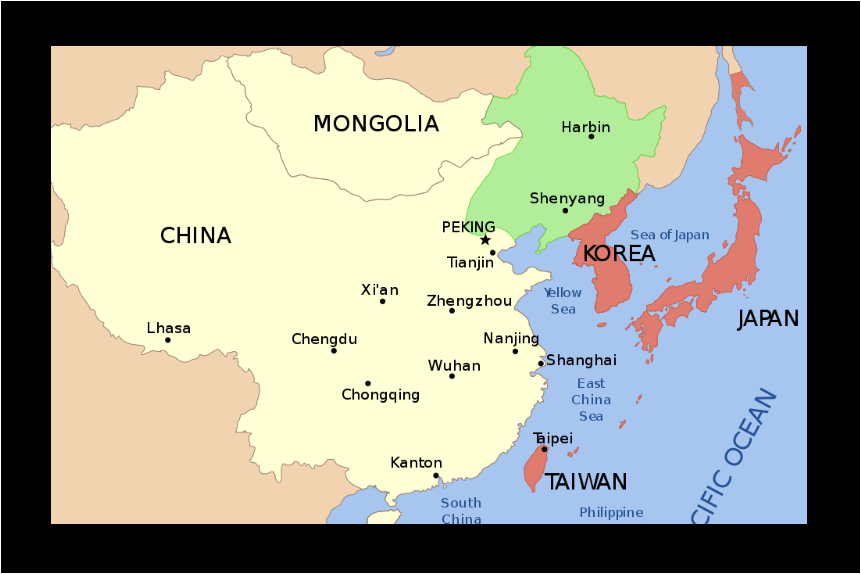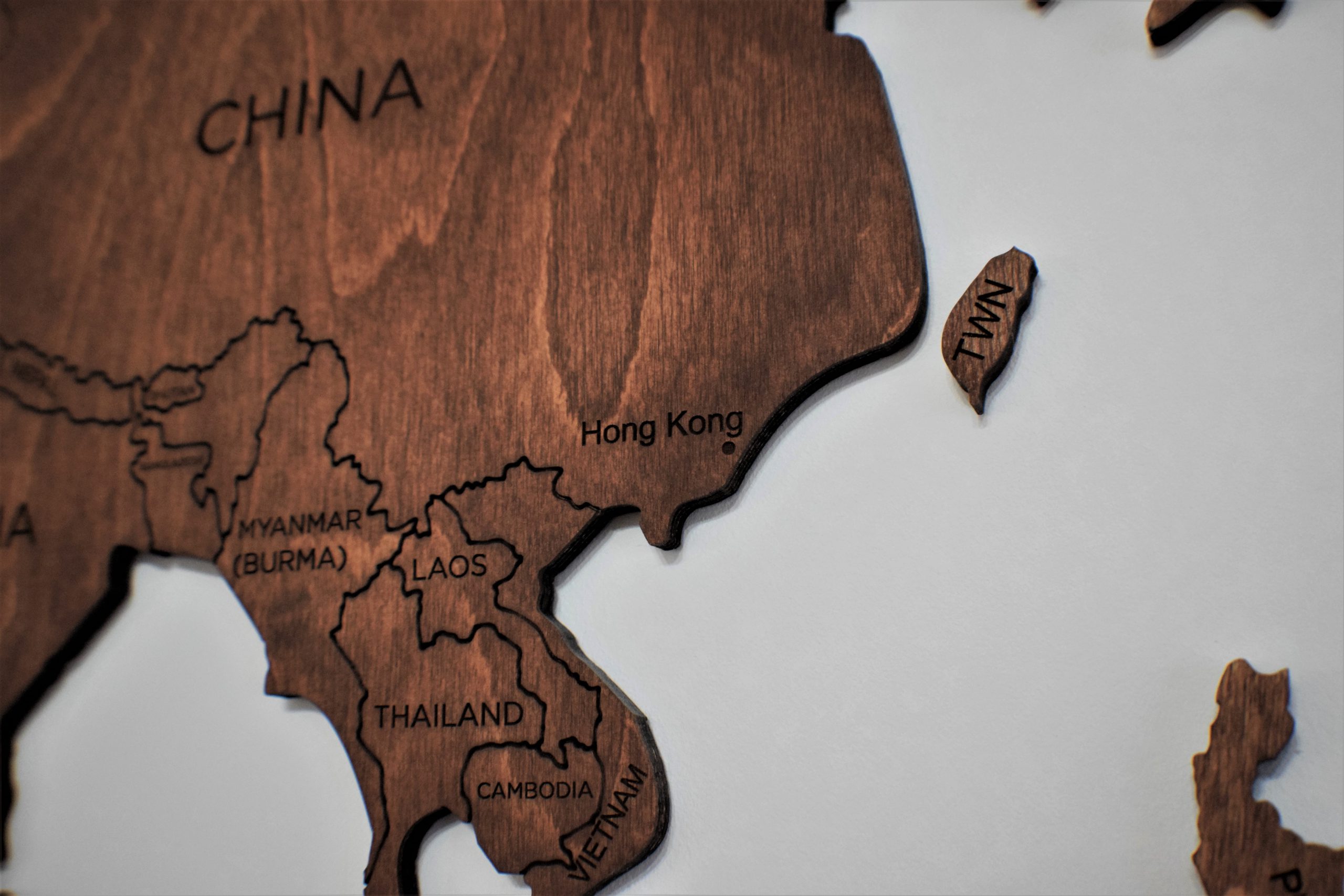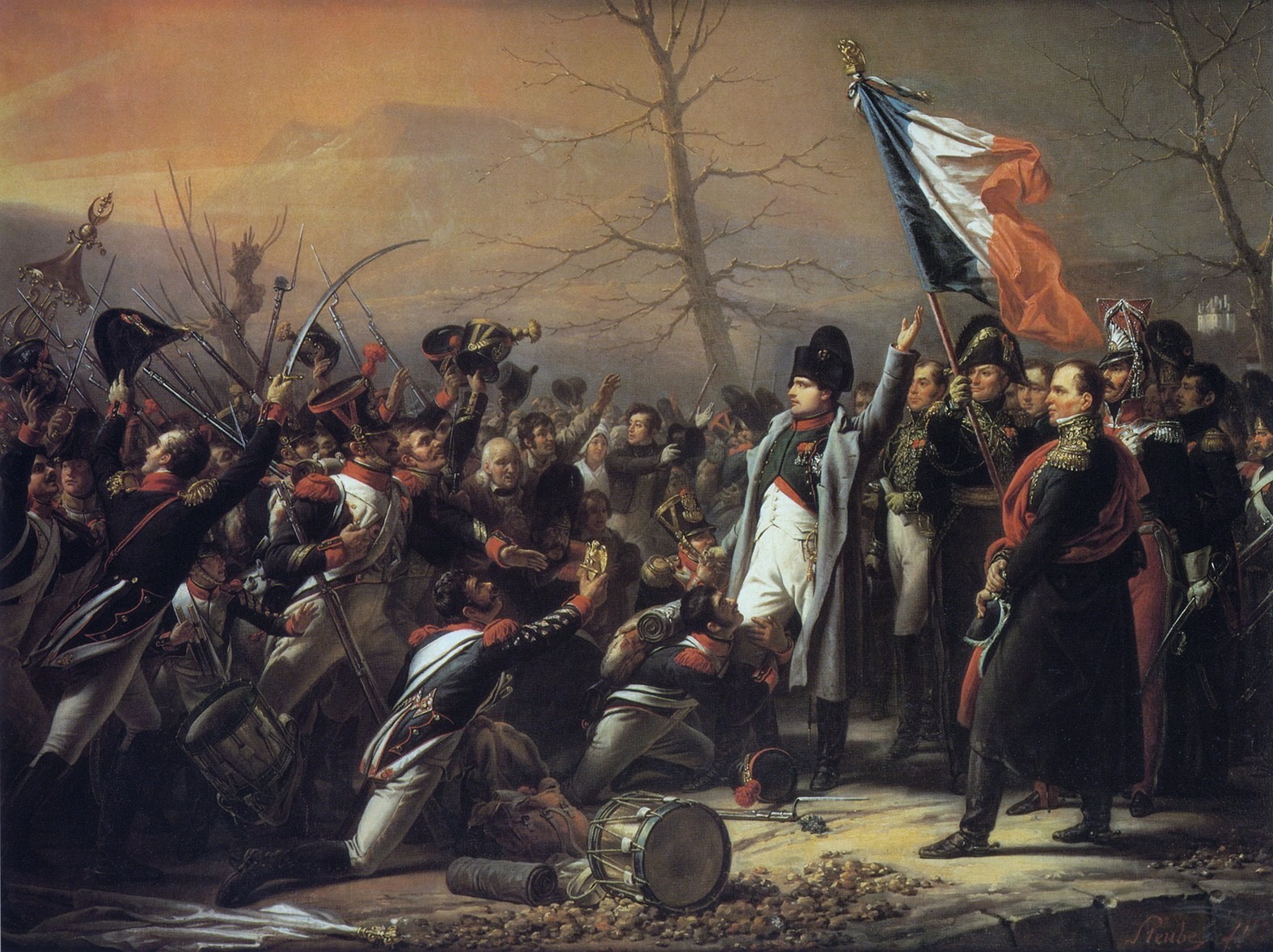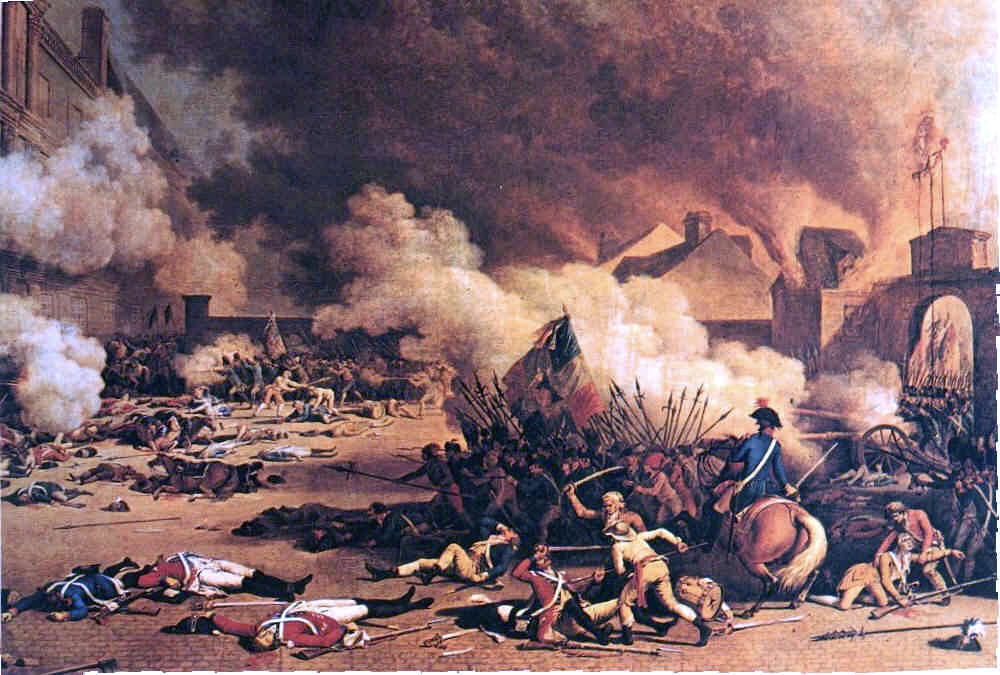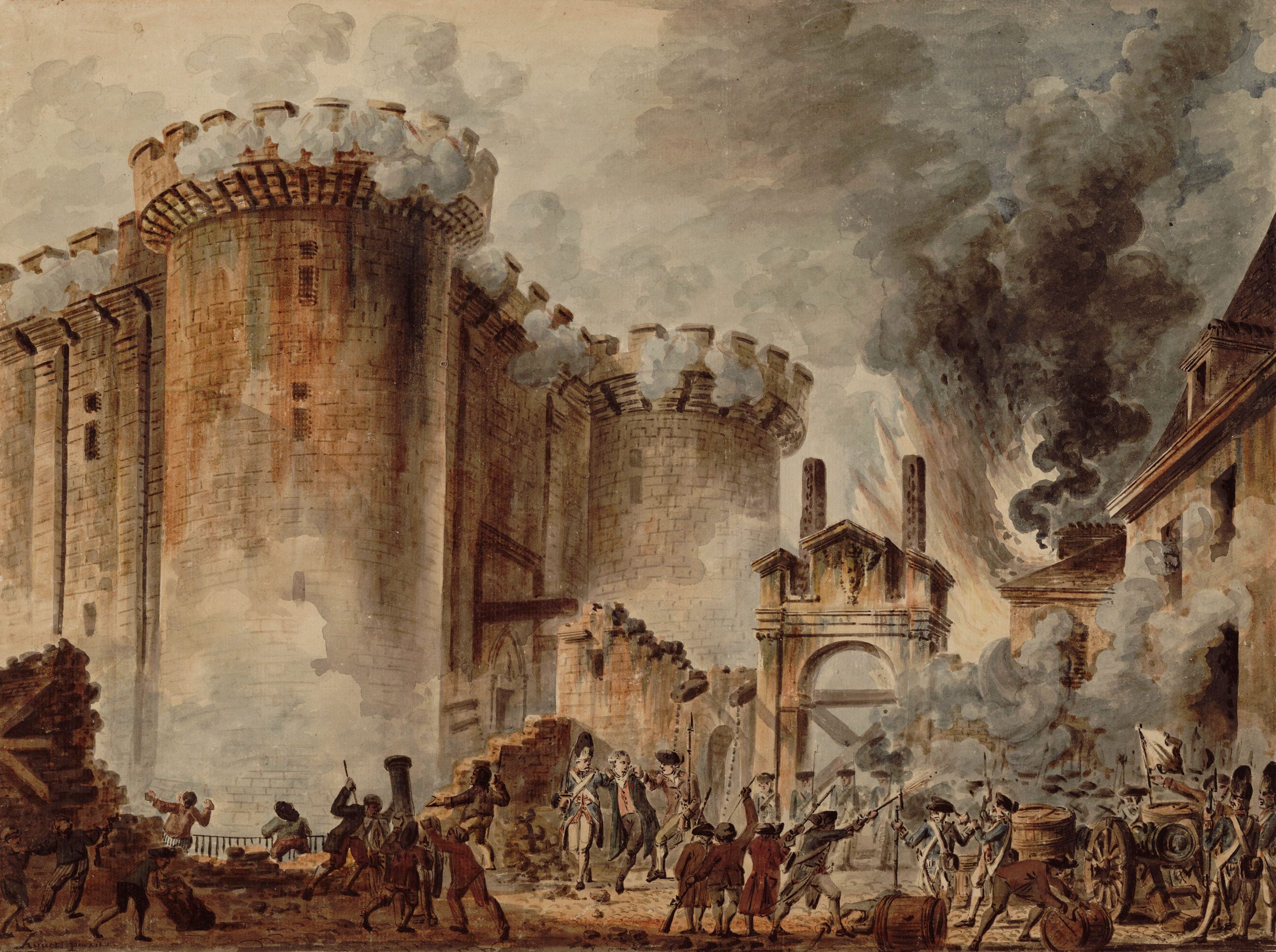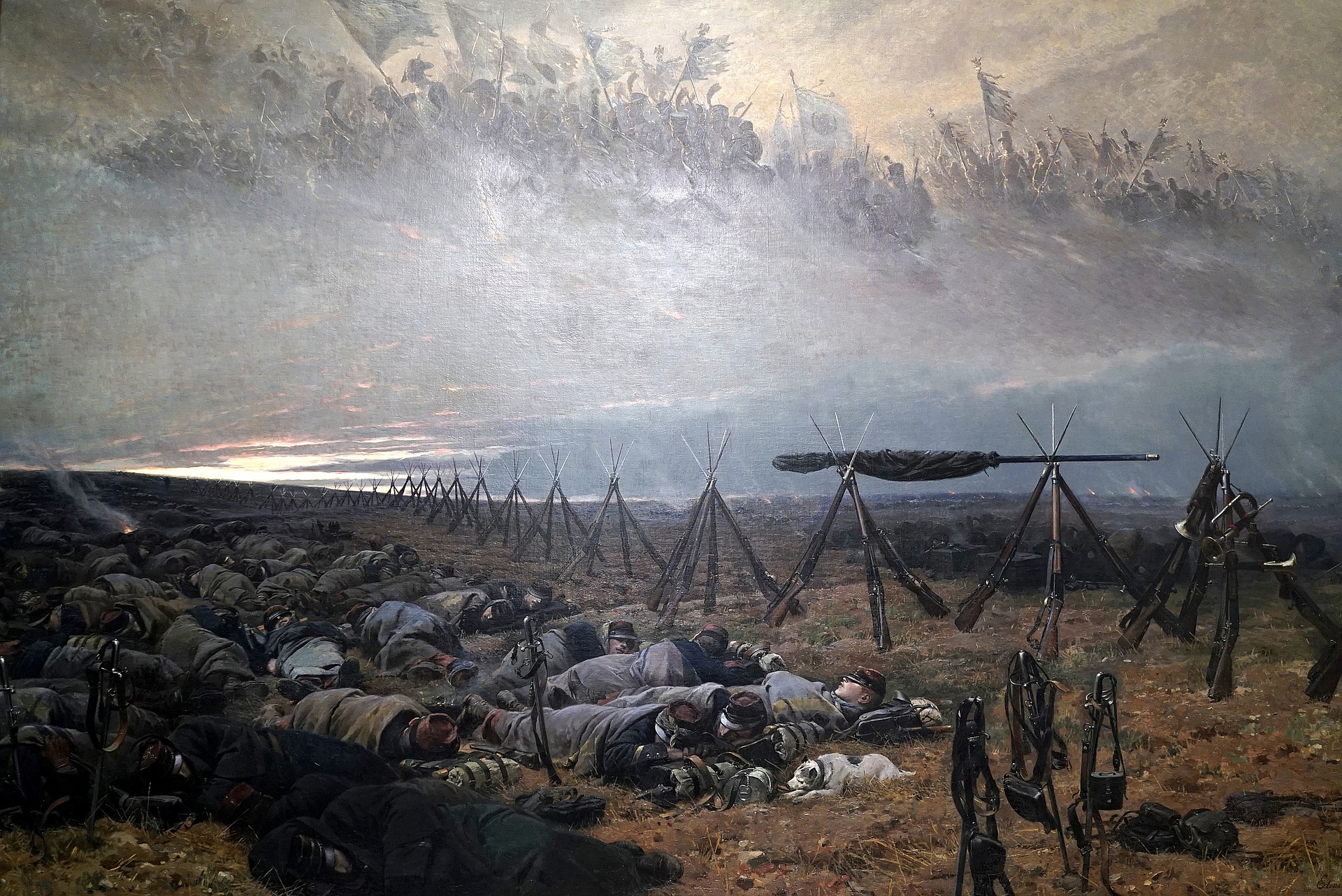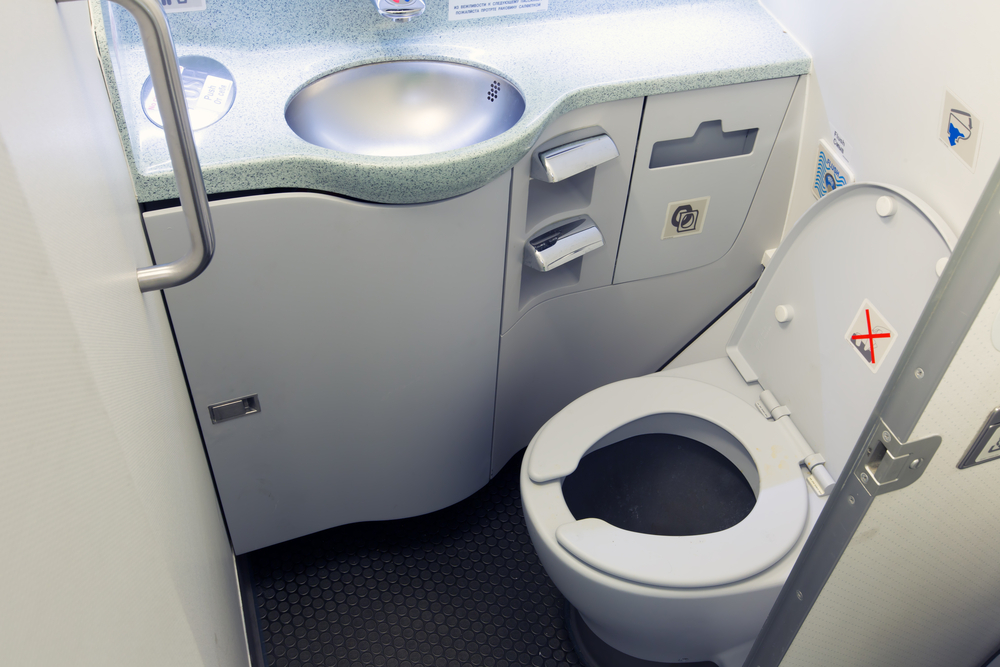Reading Time: 2 minutes
- After Japan’s defeat in World War II, US and Allies (UK, Soviet Union and a few others) occupied Japan with the intention of punishing the ‘bad’, taking power away from the rich and eliminating Japan’s ability to wage war.
- This led to breaking of bigger/richer companies into small ones and banning Japan from any aircraft manufacturing for 7 years (1945-1952).
- These changes and devastation of Japan in WWII led to a huge economic fall with industrial production declining by more than 70% of pre-war levels.
- At the beginning of takeover, US was calling the shots while Allies had more of an advisory role, but Soviet Union wanted a bigger say in matters concerning Japan.
- Concerned that a weak Japanese economy would lead to Soviet Union taking control, US brought massive economic reforms (including special export-to-US status) in Japan.
- These economic reforms stimulated the production and led to huge recruitment of labour.
- Most of the industries were set up in cities, therefore, passenger traffic to & from cities increased multifold.
- The rail-lines had existed since 1872, but they were not suitable for day trips (go to office in morning and return by evening) and had become congested given the sudden increase of traffic.
- Domestic air travel would have been perfect, but there was a 7-year ban on manufacturing aircrafts.
- Even after the ban (1952 onwards), Japan couldn’t do much in the aircraft space as the ban had left Japan far behind in aircraft-technology, which had advanced significantly by 1952 e.g. propellors had given way to jet-engines.
- Plans for Shinkansen (high-speed-trains-network with top speed of 200 kmph), on the other hand, were already in place in 1939/40, but they had been forgotten for several years because of the war.
- The turn of events revived connectivity efforts and three key people who had worked on aircrafts before the ban, led development of the first Shinkansen line between Tokyo and Osaka, which began commercial service in 1964.
- Then in 1987, Japan National Railways was divided and privatised into 7 companies.
- The big ones of these private companies are highly profitable and reinvest huge parts of profit back in the network, helping it advance further.
- Geography also influences the rail network development: 50% of Japanese population lives in greater Tokyo (40 Million) & Osaka area (20 Million); these are about 400 kms apart, so bullet trains make perfect day-trips.







